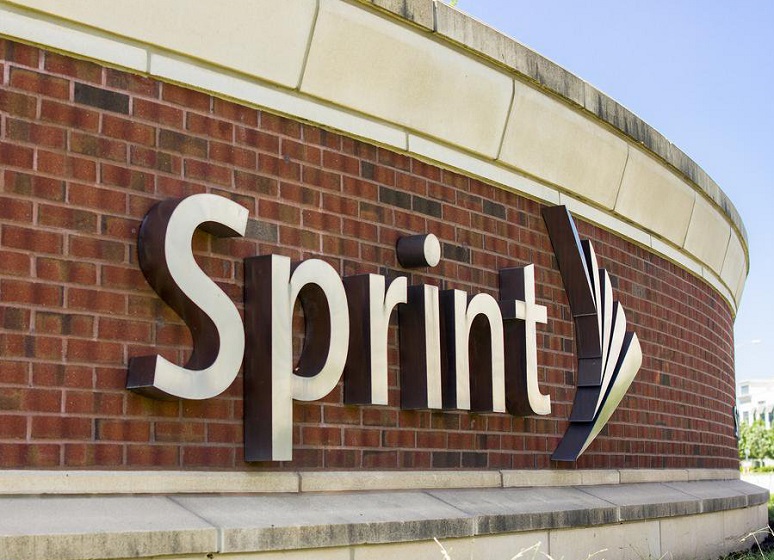CATV -- Adjacent Acreage
The far-reaching impact of cellular creates innumerable dependencies and adjacencies, so there are a lot of dogs in this fight. Each dog is understandably taking a position that would trigger a scenario by which it could profit either directly or indirectly. Pay TV providers, of both the cable and satellite varieties, are barking up a storm here.
If market saturation is making things tough in the cellular business, life is even worse in pay TV. Another capital-intensive utility, subscriber growth is key to success for these providers. The cellular carriers have run out of humans to sell to, but the prospects of greater adoption of Internet of Things (IoT) applications poses a great opportunity for mobile operators, particularly if those applications call for WAN support. In the meantime, the pay TV guys are losing subscribers!
Pay TV guys have looked longingly at cellular for some time, the most aggressive being Charles Ergen, executive chairman of Dish Network. Most of the cable companies have offered cellular services on a mobile virtual network operator (MVNO) basis for decades, and we’re seeing more of that activity of late by Comcast, Charter, and Altice, the latter having crafted a unique MVNO arrangement with Sprint (see my recent No Jitter piece, “
A New Piece Emerges for Cable Cellular”).
Pay TV providers also seem to look at cellular as a key contributor to many of their problems. First, there’s the whole cut-the-cord thing, where cable subscribers drop their $100 to $200+ cable bill and get by on the video options they can get for free or on selected streaming services like Netflix. The cable companies may still keep them as Internet customers, but now there’s talk of fixed wireless Internet via 5G. In the meantime, consumer choice (now that such a thing exists) is driving more video viewing onto smartphones.
In regards to the FCC’s requirement that Sprint divest Boost Mobile, one potential is that a pay TV provider might buy that asset to move deeper into the mobile business. Dish’s Ergen has previously suggested that his company might be interested in buying Sprint in its entirety to maintain what he deems the four-carrier competitive necessity – and reports coming out this week suggest Dish is poised to buy Boost Mobile.
While Ergen has something of a reputation on the acquisitions front, having tried and failed to acquire T-Mobile, Sprint (twice), MetroPCS, ClearWire, and DirecTV, Dish has gone deeper into wireless than any of its competitors. It has
amassed some $420 billion worth of spectrum and is reportedly in the process of building a “bare bones” 5G network focused on IoT applications. Ergen is facing the FCC’s “use it or lose it” mandate on spectrum with a potential deadline in 2020.
Conclusion: What God Hath Wrought
What’s clear out of all of this is that something must happen with Sprint. Left alone, it’s virtually destined for bankruptcy. Once there, we could expect the company’s assets, particularly its extensive and very valuable spectrum holdings in the 2.5-GHz band, to be sold off.
More likely, some buyer would look to pick up the company for a song, while debt holders take a bath on the $33 billion they’re owed. The problem is that the government’s “four-carrier obsession” would have then effectively outlawed any other wireless carrier from buying Sprint, so the most likely acquirer would be a private equity firm or pay TV operator -- with Dish and Altice topping that latter list.
While most of this argument is framed in terms of the consumer cellular market, enterprises clearly have a stake in this as well. From my position on the front lines of the enterprise battle, Verizon and AT&T continue to dominate while T-Mobile usurps Sprint’s role as the number three choice.
While the DoJ envisions a four-carrier market, for the enterprise customer we’re really looking at a market with two providers: Verizon and AT&T. A merged T-Mobile/Sprint, with its combined 600-MHz and 2.5-GHz spectrum, could be the
one operator that didn’t have to depend on the as-yet-untested millimeter wave spectrum.
Regulating a field as dynamic and fundamentally important as wireless is a serious responsibility. Overall the wireless industry is going like gangbusters, though most of the profits are going to the devices and apps that make use of the utility infrastructure. The mobile carrier business itself remains highly competitive with falling prices, and carriers desperately searching for new revenue opportunities in the face of an oversaturated consumer market.
In light of what’s going on in this market, who came up with the idea that having three carriers instead of four would make any meaningful difference?










